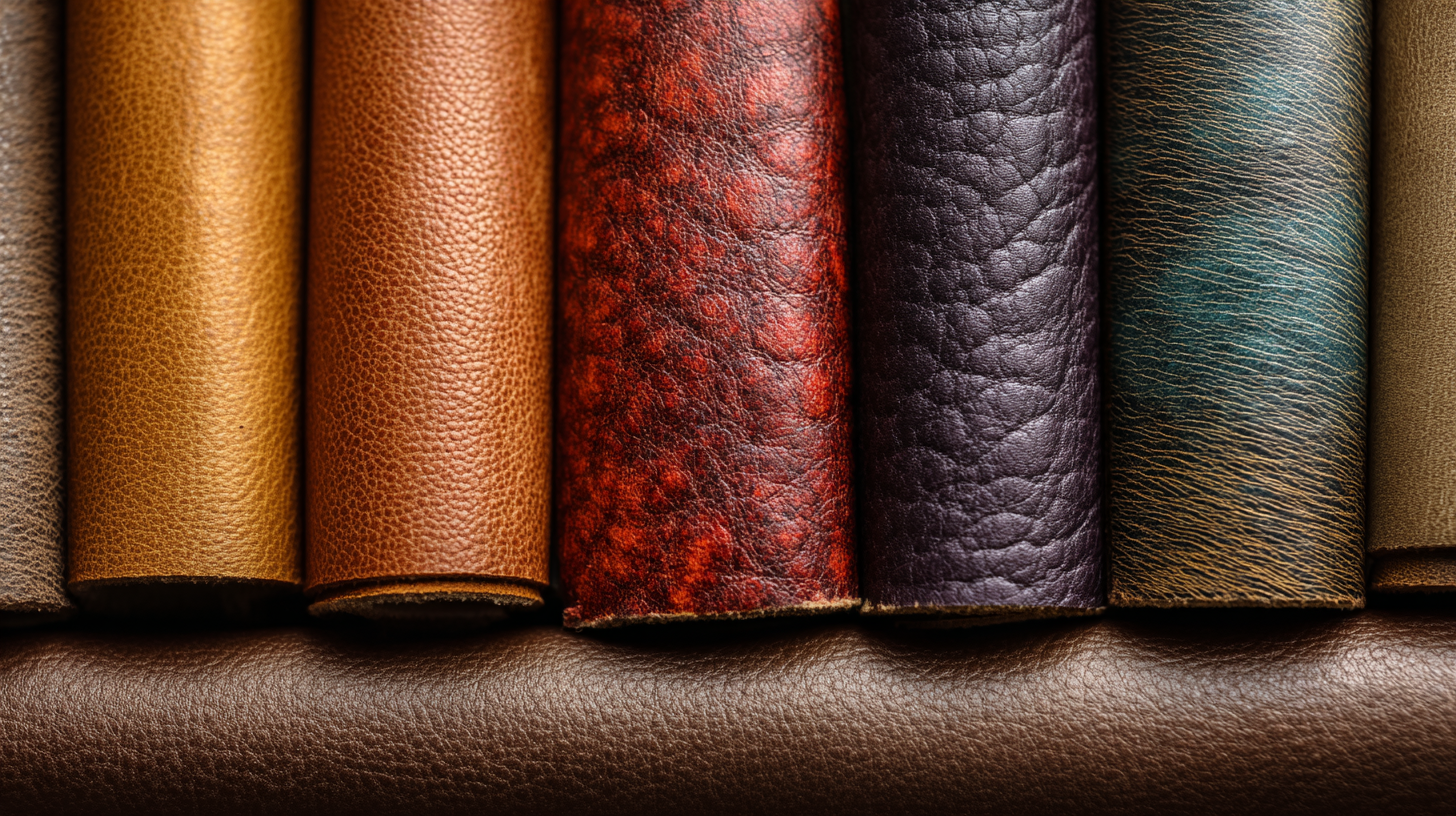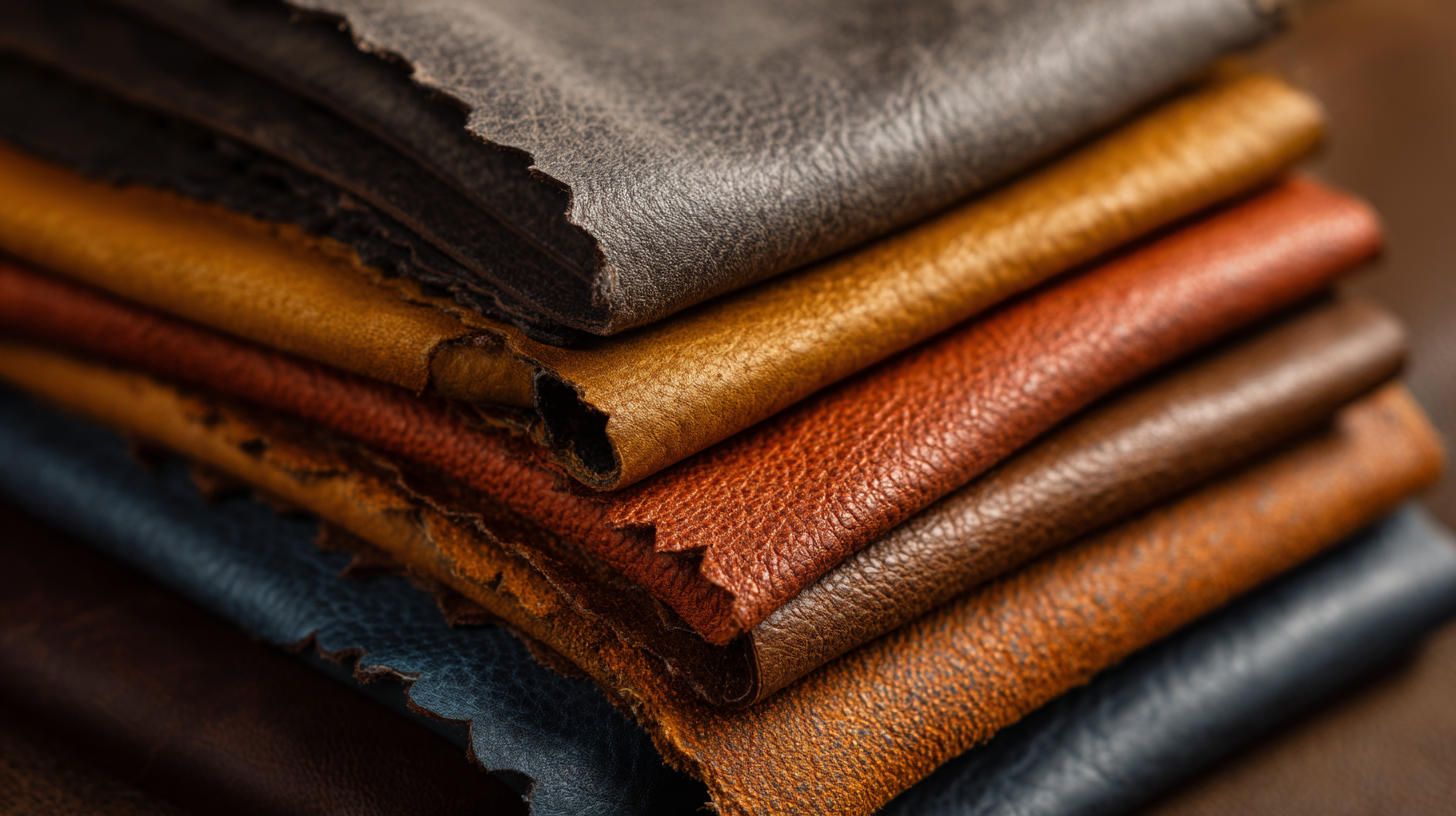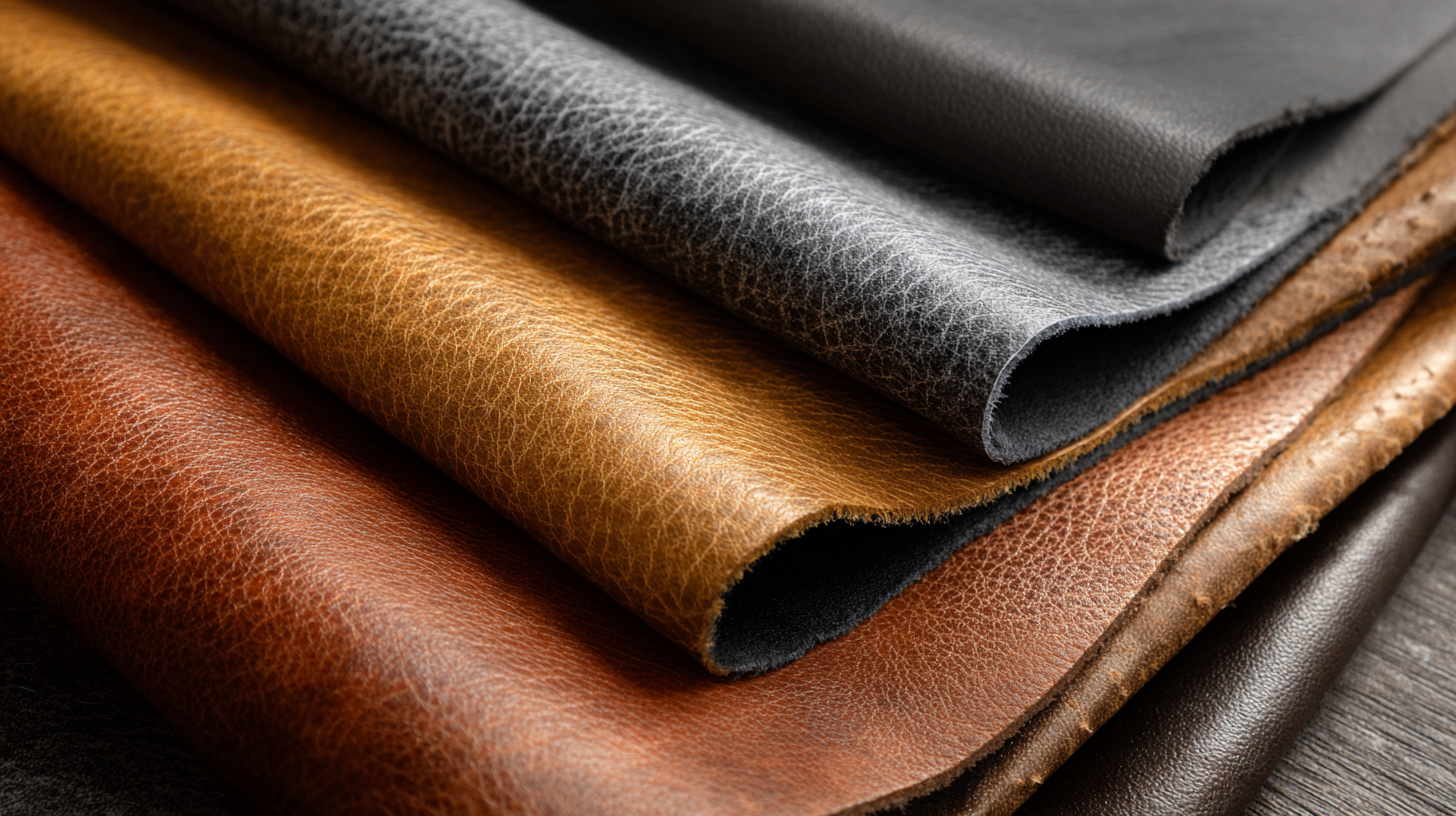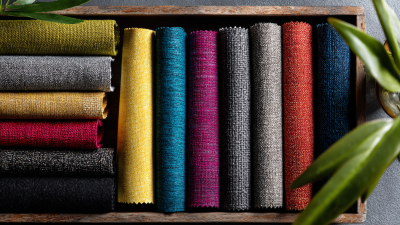Blog

Blog

Blog

How to Choose the Best PU Leather for Your Next Project
When embarking on a new project that involves the use of materials, selecting the right type of PU leather can significantly impact both the aesthetic and functional outcomes. PU leather, known for its versatility and durability, has seen a surge in popularity, with the global synthetic leather market projected to reach $45 billion by 2027, according to industry reports. This growth reflects a shift towards sustainable and cruelty-free materials, making PU leather a go-to choice for designers and manufacturers alike. However, with varying qualities and finishes available in the market, understanding how to choose the best PU leather for your specific needs is essential. From upholstery to fashion accessories, identifying the right characteristics can enhance the longevity and appeal of your project, ensuring that it meets both functional and style requirements.

Understanding Different Types of PU Leather: A Comprehensive Guide
When it comes to selecting the perfect PU leather for your next project, understanding the different types available is crucial. PU leather, or polyurethane leather, comes in various grades and finishes, which can significantly affect both the look and functionality of your product. For instance, you may encounter options like semi-aniline, which retains some natural leather characteristics and offers a softer feel, or full-grain PU, which provides better durability and a more authentic leather appearance. Knowing these distinctions can help you choose the ideal material for items ranging from upholstery to fashion accessories.
Another essential factor to consider is the texture and finish of the PU leather. Some options feature a glossy, polished surface, while others may have a more matte or fabric-like finish. Textured PU leather can add depth and visual interest to your designs. Additionally, consider the weight of the material, as heavier PU leather tends to be more durable and suitable for structured projects, while lighter weights are perfect for garments that require flexibility. By carefully assessing these various types and characteristics, you can ensure that your chosen PU leather meets your project's specific needs and aesthetic goals.
Key Factors to Consider When Selecting PU Leather for Your Project
When selecting PU leather for your next project, there are several key factors to consider that can significantly affect the outcome of your work. First and foremost, pay attention to the quality of the material. High-grade PU leather often features a more realistic texture and better durability than lower-quality alternatives. Look for options that have a consistent finish and feel substantial to the touch, which can enhance the overall aesthetic of your project.
Another critical factor is the intended use of the PU leather. Different projects may require specific characteristics, such as water resistance for outdoor furniture or flexibility for fashion accessories. Depending on your needs, you might also consider the weight and thickness of the material. Thicker PU leather tends to work well for items that require structure, while lighter weights can be ideal for garments. Finally, color and pattern options should align with your vision, as these elements can significantly impact the final appearance of your project. Always request samples when possible, allowing you to evaluate the material firsthand before making a final decision.
PU Leather Quality Comparison
This chart displays the ratings of key factors to consider when selecting PU leather for your project. Each factor is rated on a scale from 1 to 10, providing a visual comparison of various qualities such as Durability, Cost, Eco-Friendliness, Texture, and Color Variety.
Comparing Quality: How to Identify High-Grade PU Leather
 When it comes to selecting high-grade PU leather for your next project, several factors can help you identify the quality you need. First, examine the texture of the material. High-quality PU leather typically has a soft, supple feel, mimicking the richness of genuine leather. It should have a smooth surface without visible imperfections or blemishes. Pay attention to the thickness as well; premium PU leather often has a more substantial feel, ensuring durability and longevity.
When it comes to selecting high-grade PU leather for your next project, several factors can help you identify the quality you need. First, examine the texture of the material. High-quality PU leather typically has a soft, supple feel, mimicking the richness of genuine leather. It should have a smooth surface without visible imperfections or blemishes. Pay attention to the thickness as well; premium PU leather often has a more substantial feel, ensuring durability and longevity.
Another critical aspect to consider is the backing material. High-grade PU leather usually features a sturdy backing, such as a woven fabric, which adds strength and helps the material maintain its shape over time. Additionally, inspect the color consistency and finish of the leather. A high-quality product will have a uniform color that does not fade or scratch easily. By carefully evaluating these characteristics, you can confidently choose the best PU leather that meets the needs of your project, ensuring both aesthetic appeal and functionality.
Sustainability and Ethical Considerations in PU Leather Choices
When selecting PU leather for your next project, it's crucial to consider sustainability and ethical factors. Although PU leather is often marketed as a more environmentally friendly alternative to traditional leather, the production processes can vary significantly. Opting for brands that utilize water-based adhesives and non-toxic dyes can reduce the ecological footprint of your materials. Additionally, some manufacturers are increasingly incorporating recycled materials into their PU leather, which not only minimizes waste but also lessens the demand for virgin resources.
Ethical considerations also play a vital role in your choice. It's important to ensure that the brands you support adhere to fair labor practices, guaranteeing safe working conditions and fair wages for their employees. Transparent supply chains and certifications can provide assurances that the PU leather you choose has been produced responsibly. By making informed decisions, you can align your project not only with aesthetic goals but also with a commitment to sustainability and ethical production, contributing to a more responsible industry overall.
How to Choose the Best PU Leather for Your Next Project - Sustainability and Ethical Considerations in PU Leather Choices
| Type of PU Leather | Manufacturing Process | Sustainability Rating | Durability (Years) | Ethical Production |
|---|---|---|---|---|
| Biobased PU Leather | Uses renewable resources for raw materials | High | 5-7 | Fair trade certifications |
| Recycled PU Leather | Recycles plastic waste into leather-like material | Medium | 4-6 | Supports local labor |
| PVC Coated PU Leather | Coated with polyvinyl chloride, less eco-friendly | Low | 3-5 | Variable, check certifications |
| Waterborne PU Leather | Uses water-based chemicals for production | High | 6-8 | Compliance with environmental regulations |
| PU Leather with Organic Dyes | Colored using organic, non-toxic dyes | High | 5-7 | Sustainable sourcing practices |
Tips for Caring and Maintaining Your PU Leather Projects for Longevity
When working with PU leather, proper care and maintenance are essential to ensure longevity. According to a report by the Leather Industries of America, PU leather can last anywhere from 5 to 10 years with appropriate care, significantly outperforming natural leather under certain conditions due to its resistance to moisture and staining. However, neglect can lead to wear and tear, affecting both appearance and durability.

Tip 1: Regular cleaning is crucial. Use a soft cloth and a mild soap solution to wipe away dirt and spills. This prevents residues from breaking down the material over time. It's recommended to avoid harsh chemicals that can damage the surface.
Tip 2: Conditioning is also important. Applying a PU leather conditioner every six months can help maintain its suppleness and shine. This can protect the surface from cracking and peeling, ensuring your projects remain aesthetically pleasing for years.
Tip 3: Store your PU leather items properly. Keep them in a cool, dry place and avoid direct sunlight to prevent fading and warping. Regularly check for any signs of damage and address them promptly to extend the life of your PU leather projects.
Related Posts
-

PU Leather Solutions: Transforming Furniture and Fashion with Eco-Friendly Innovations
-

Innovative Solutions for Leather Upholstery Maintenance and Longevity in Modern Interiors
-

Solutions for Selecting the Perfect Sofa Fabric Material for Your Home
-

How to Choose the Best Leather Material for Your Next Project
-

Advantages of Utilizing Sustainable Furniture Upholstery for Your Home
-

Ultimate Guide to Selecting the Best Outdoor Fabrics for Global Procurement
